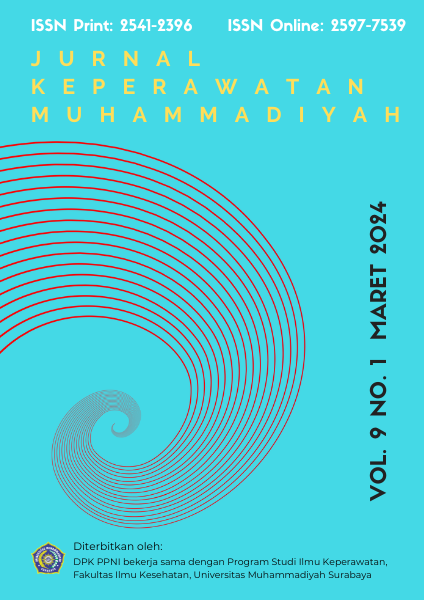Karakterisasi dan Identifikasi Potensi Limbah Musa Paradisiaca sebagai Edible Packaging pada Produk Konsumsi Manusia
Abstrak
The use of plastic is increasing day by day resulting in accumulation of waste. This has a bad impact on ecosystem damage because plastic waste is difficult to decompose. Therefore, research on the manufacture of bioplastics was carried out using the raw material of kepok banana peel waste which has 0.98% starch. Bioplastics is made by soaking 50 grams of kepok banana peel in 100 ml of distilled water which has been mixed with 2% citric acid as much as 2 grams. Furthermore, the marinade is in a blender until smooth and filtered to extract the starch. The filtration results were put into a beaker glass and added with 150 ml of 90% ethanol then covered with aluminum foil and heated using a heater at 70℃ for 30 minutes. After that the solution was transferred to a glass plate and left for 1 hour at room temperature. After going through the cooling stage the solution on the glass plate is in the oven with a temperature of 90℃ for 1 hour. After passing through the baking period, the bioplastic from the raw material for banana peel waste is ready. Where the result is a brown bioplastic sheet with a smooth and rough layer and with a low level of elasticity. The bioplastic can decompose completely 100% after 15 days.
Unduhan
Diterbitkan
Terbitan
Bagian
Lisensi
Hak Cipta (c) 2024 Nadya, Wulandari, Diva, Firdaus, M. Roy

Artikel ini berlisensiCreative Commons Attribution-ShareAlike 4.0 International License.
- Penulis tetap memegang hak atas karyanya dan memberikan hak publikasi pertama kepada jurnal ini yang secara simultan karya tersebut dilisensikan di bawah:Â Creative Commons Attribution-ShareAlike 4.0 International (CC BY-SA 4.0)













